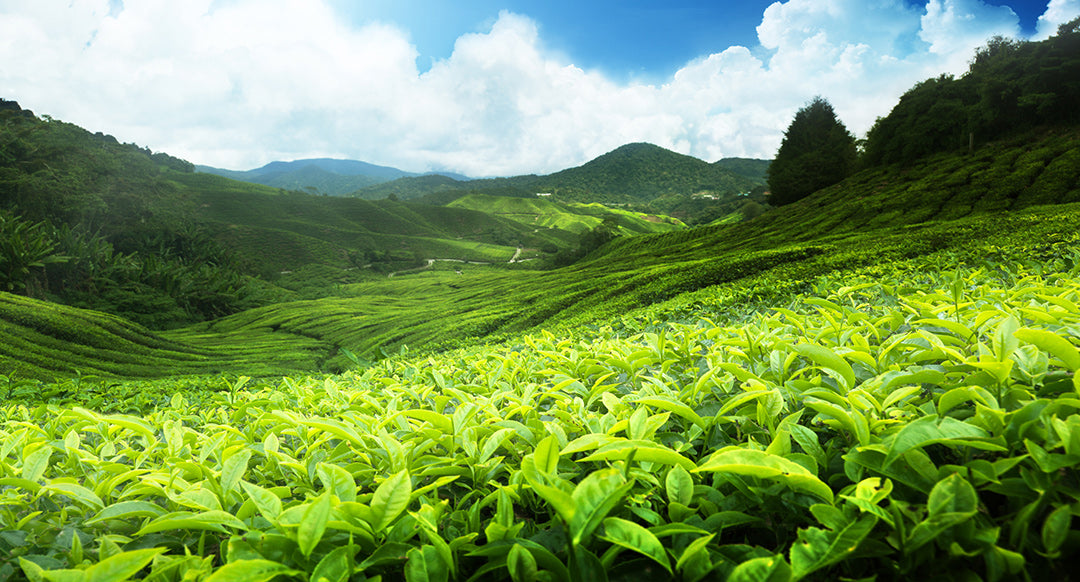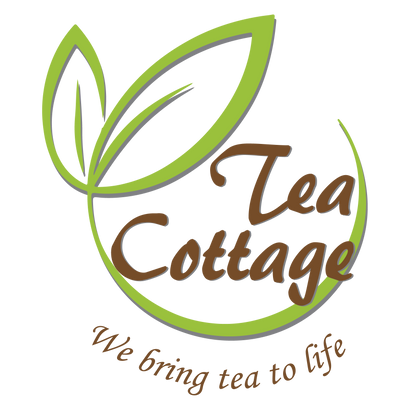
Sourcing for Quality Japanese Tea
Japanese tea has been well known for its high quality but they are often priced too high in retail shops and too low quality in supermarket, hence it is important for Tea Cottage SG to source for affordable quality tea in Japan for our consumers.

Excellent services from Singapore Airlines, my number 1 choice. Good food, good service, good entertainment system, lots of movies selection and the cabin crews are always ready to serve with a smile.

At 5am, I was served with Lobster Thermidor. A hearty breakfast!

I arrived in Kyoto and it was snowing, its definitely not a frequent sight for me in this area.
70% of the tea in Japan comes from Shizuoka but the reason why I was in Kyoto is because the highest quality Japanese tea are often harvested from Uji and since the Fukushima nuclear incident, it has never been tainted with radioactive substance.

I had visited some tea farms in Uji and the highlands are created for producing high quality tea. In ancient days, when the emperor wanted to drink tea, the tea merchant had to carry the heavy tea on his back and walked for 7 days to reach Tokyo. So the real reason for Japanese Sencha to look like needle thin shaped is because, in this way the merchant was able to squeeze much more tea into the same basket.


Japanese tea elevation are normally much lower at 300-500m compared to some of the famous Chinese tea elevation at 1000+ metres.


This is what I will like to see in a quality tea farm. Lots of minerals in the soil contribute to the nutrients of the plant and it will become the tea leaves that we will be drinking.

From this little tea seed, it will sprout to become a tea tree.

This is the method that we used to pluck the tea leaves, the same concept that we used in chinese tea as well.

If you realised, there are two kinds of tea bushes. A neatly trimmed tea bush, harvest from a machine and bushes like this which doesnt look neat but is hand picked by the farmers. Hand picked tea are often higher in quality and more expensive.

Near the tea farm, there lies the cemetery of the farmers. They had spent their whole lives planting and harvesting tea and will like to lie to rest in that very tea field which they loved.

After touring the farms, it is time for a ice cold brew Sencha!

After brewing Sencha in hot water for 2 brews, we took out the leaves and add genmai (roasted rice) and japanese soya sauce. It tasted pretty good and in this way, we can fully consume the whole nutrients of the tea leaves.

Not forgetting a delicious meal to end my day in the tea farm!



